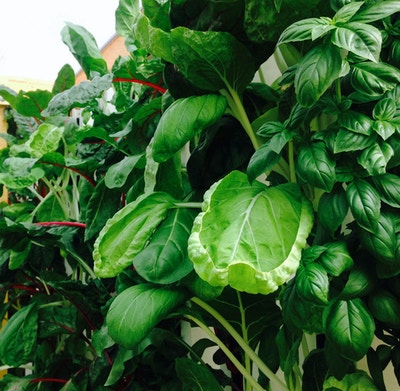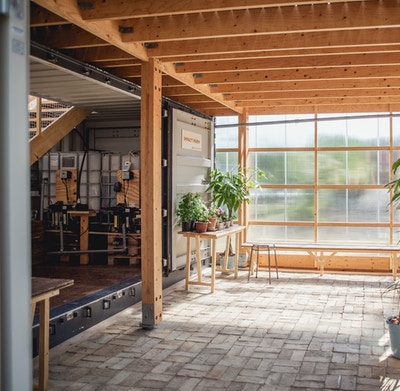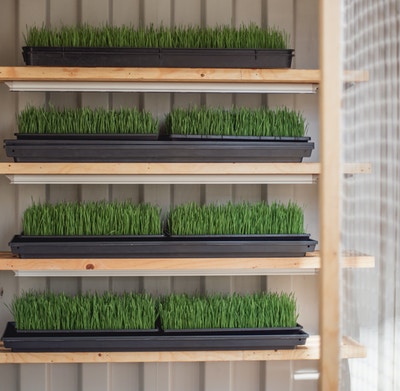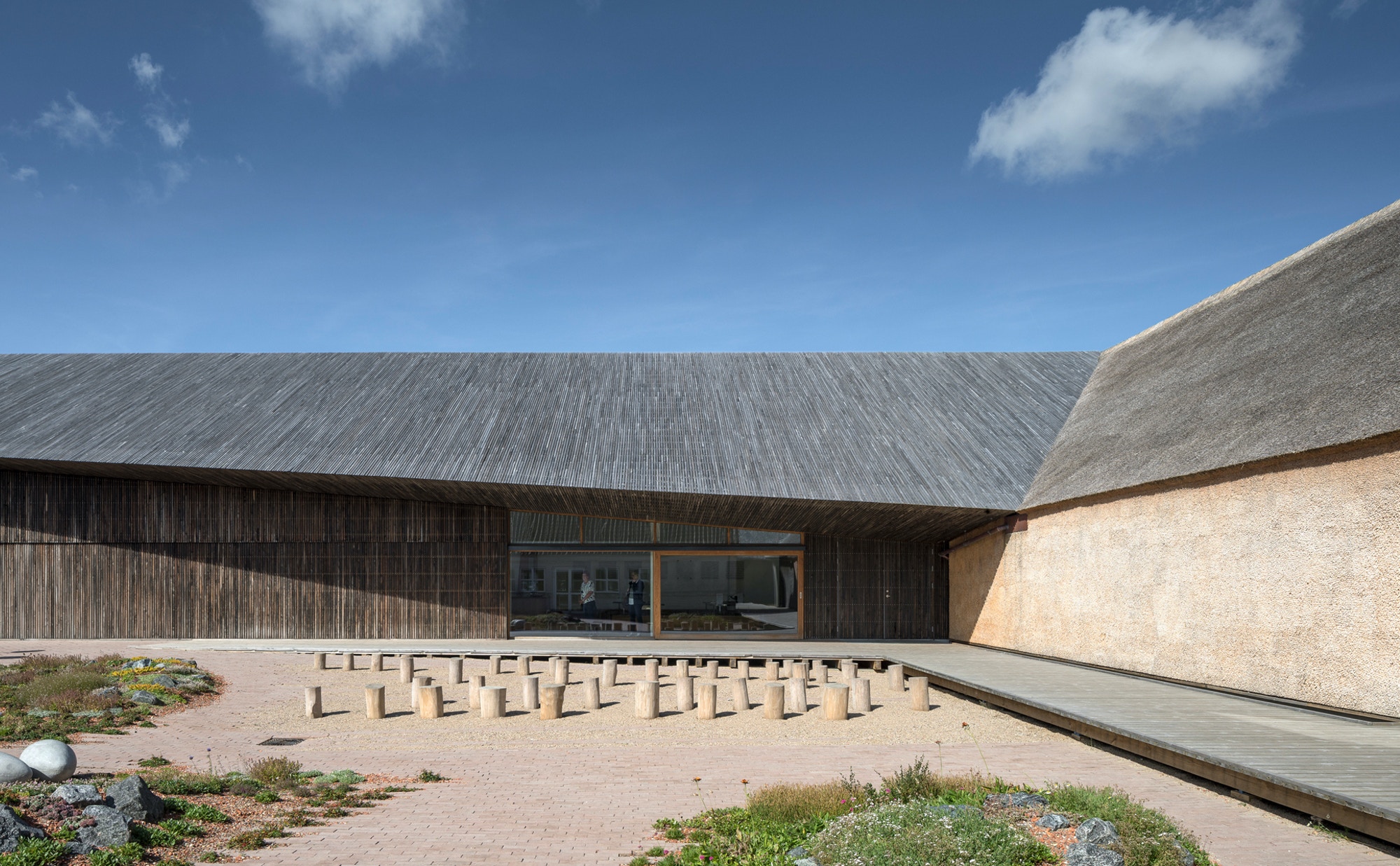The increasing urbanization and expansion of cities into mega cities make awareness of resilience, resource efficiency and food security more and more important. Resources and time spent on transport and provision of some basic food, can be saved by local farming. Also, shortage of water and energy in many places makes it important to innovate cropping systems, making them more resource efficient. Impact Farm aims at rethinking local food supply, but in the contexts where it has been built so far (Copenhagen and New York), the emphasis has been put on community building and education.
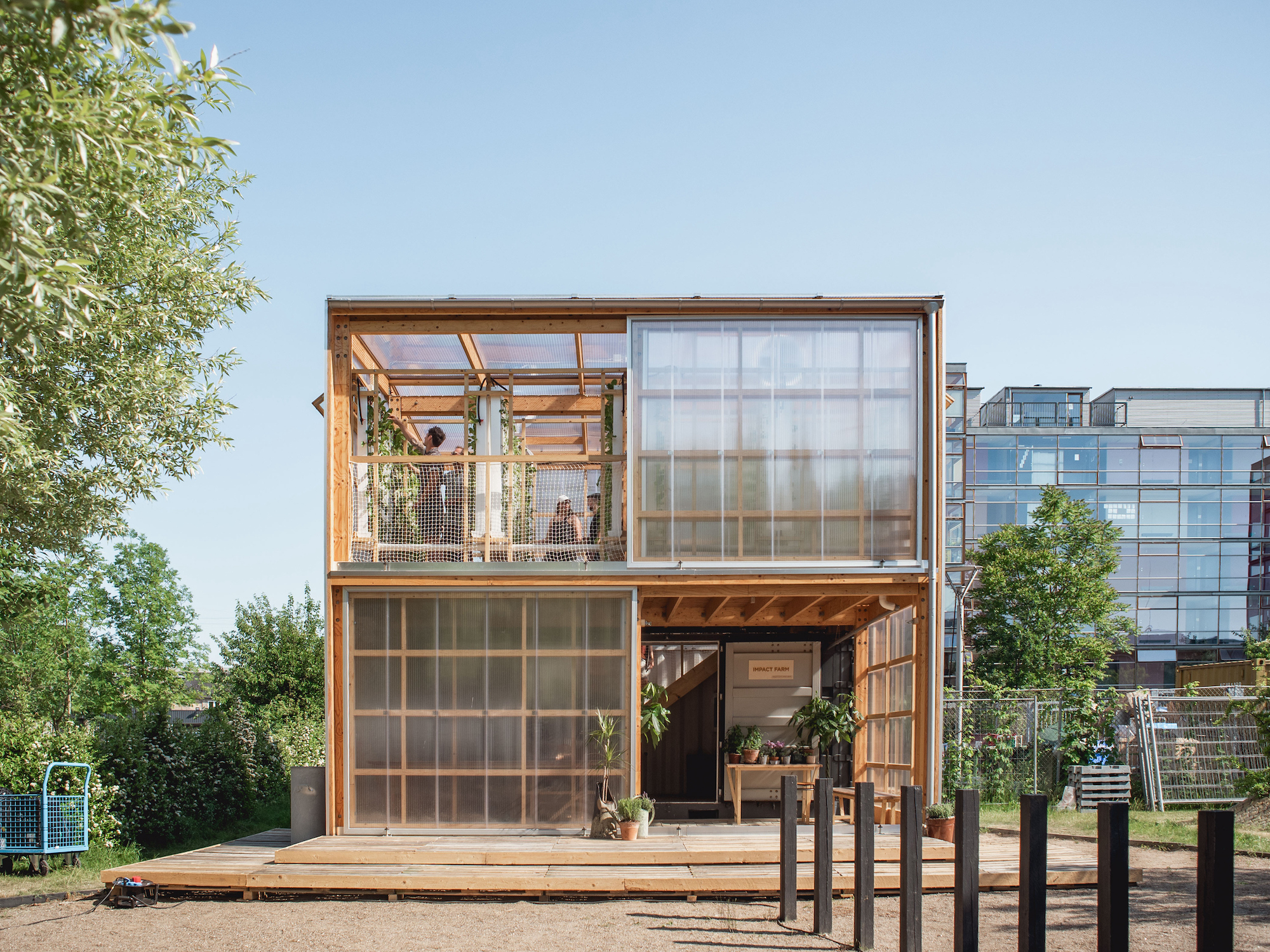
Origin/team:
Human Habitat
Miljøpunkt Nørrebro
Realdania
Københavns Professionshøjskole
Photography:
Abdellah Ihadian
Human Habitat
Resources:
humanhabitat.dk
The greenhouse is designed as a highly efficient agricultural system with the capacity to produce two-three tonnes of crops a year on only 50 m2. This is made possible by a so-called hydroponic system, where crops are cultivated without soil, enabling cultivation to expand upwards across multiple levels. Irrigation is sourced from rainwater collection, and water is recirculated within a closed loop system. The method of hydroponic cultivation results in significant savings in the use of freshwater at 70-85% compared to more conventional methods of production.
The farms are designed for disassembly making it possible to accommodate temporary lease and shifting of site, which is a common challenge in metropolitan areas in high demand. Also, the farm is designed as a social venue for community building on the ground floor. In Copenhagen, the farm has raised awareness of urban farming and its advantages through educational workshops, concerts, food & cooking festivals, and a majority of the produce has been distributed to local cafées and restaurants.
